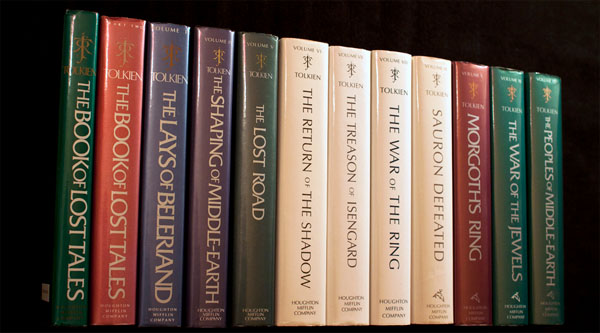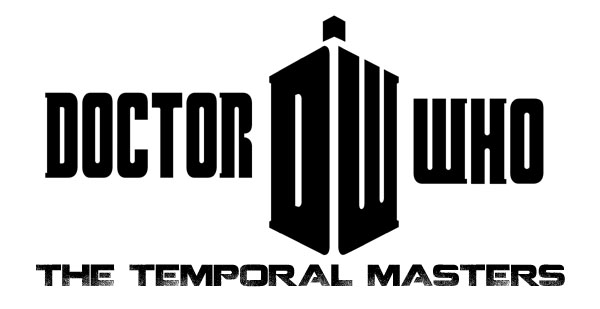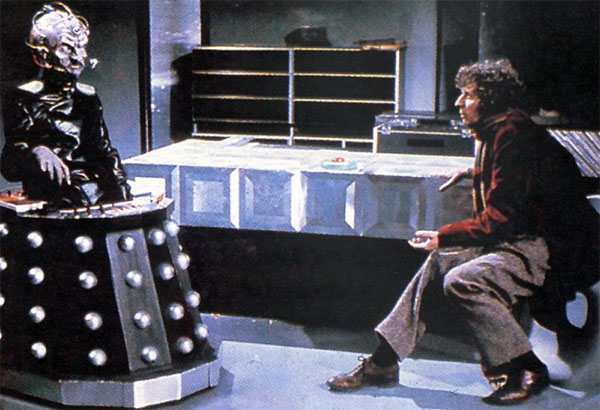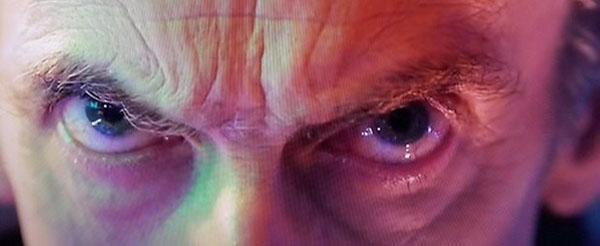Among those looking to denigrate video games (the newest of artistic mediums), a favored tactic is to compare it to other forms of art and point out its various inadequacies. Those interested in defending video games as a new art form will often point out that video games are still in their infancy and comparing its output to mature forms of art is unfair and misrepresentative.
The common rejoinder at this point is that other forms of art don’t really show a lot of growth or development. Literature, for example, has been producing timeless and classic work for thousands of years and there’s really no strong indication that works produced in, say, 1800 were inferior to works being produced in 2000. If other forms of art don’t improve over time, why would we expect video games to improve over time?
Literature, however, is a bad example for comparison because the history of literature is literally prehistoric. At best we might be able to take a peek at Gilgamesh, but even that is clearly the pinnacle of a long storytelling tradition.
If you’re looking to compare the current evolution of video games as a medium to other mediums, then you need to look at other mediums that we actually have some ability to analyze.
WESTERN THEATER
The earliest antecedents of theater are lost, but we actually do have access to some really early stuff. Based on oral histories we know that the earliest Greek plays emerged when individual characters stepped out of the choruses that were used to recite narrative stories.
In the works of the earliest extant playwright, Aeschylus, we can still see the technological limitations of his artform. (For example, he was only able to use three characters at a time, which severely limited the dramatic situations he was capable of constructing.) Tracking from Aeschylus to Euripides to the Roman playwrights who followed we can see that there was a rapid development of the artform over its first century or so: Dialogue becomes more natural. The transitions between scenes become more complicated and, simultaneously, elegant. The evolving stagecraft allowed for the presentation of more dynamic and varied sequences of action. And so forth.
FILM
An even better example, however, awaits us in film because our historical records of its development are so much more comprehensive.
Film is invented in the late 1880s. As an entertainment industry, it’s generally agreed that 1895 is the starting line.
1895 – The Derby: This was released in the first year commercial motion pictures became a reality. It’s basically the film equivalent of Pong.
1902 – Voyage to the Moon: This is cutting edge stuff from 1902. Compared to video games, that’s basically Pac-Man. (It comes 7 years after the first commercial films; Pac-Man is 8 years after Pong.)
1922 – Nosferatu: Twenty years after Voyage to the Moon, you can see that the art of film has developed significantly. In gaming, this is the equivalent of Final Fantasy VII. (If you need to, take a moment to compare Pac-Man to Final Fantasy VII.)
1941 – Citizen Kane: Twenty years after Nosferatu, this is widely considered the landmark at which the modern art of film came of age and pioneered a lot of what are now considered basic film techniques. (If you’d prefer to go with the golden year of 1939, more power to you. It’s about a 20 year gap either way.)
What’s the video game equivalent to Citizen Kane? Well, from a purely temporal standpoint we’re talking about a game that will be released in 2019 or 2020 or thereabouts.
CONCLUSIONS
You can see the same sort of progression in, for example, operas.
What are we seeing here? Well, I think it actually boils down to something quite simple: You have a technological breakthrough that creates a new medium. Neophytes converge on the new medium in great excitement at its potential, but their use of the medium is still primitive and borrows heavily from existing media. (Early Greek theater is choral storytelling plus characters. A lot of early film is basically a filmed stage play with a couple of flourishes.) This stuff appeals to a relatively small group of really dedicated fans.
About twenty years later, those fans grow up and start really experimenting with the new medium. They test its limits and push the envelope. Their stuff is still pretty primitive, but it’s good enough that it finds a mainstream audience.
About twenty years after that, you’ve got an entire generation who grew up on the new medium. Not only are the creators from this generation ready to polish and hone and perfect the techniques the pioneers of the previous generation were experimenting with, but the audience has also matured to the point where they’re capable of really appreciating the new medium.
Sound familiar?
The next 20-30 years are going to be very exciting for interactive entertainment.






